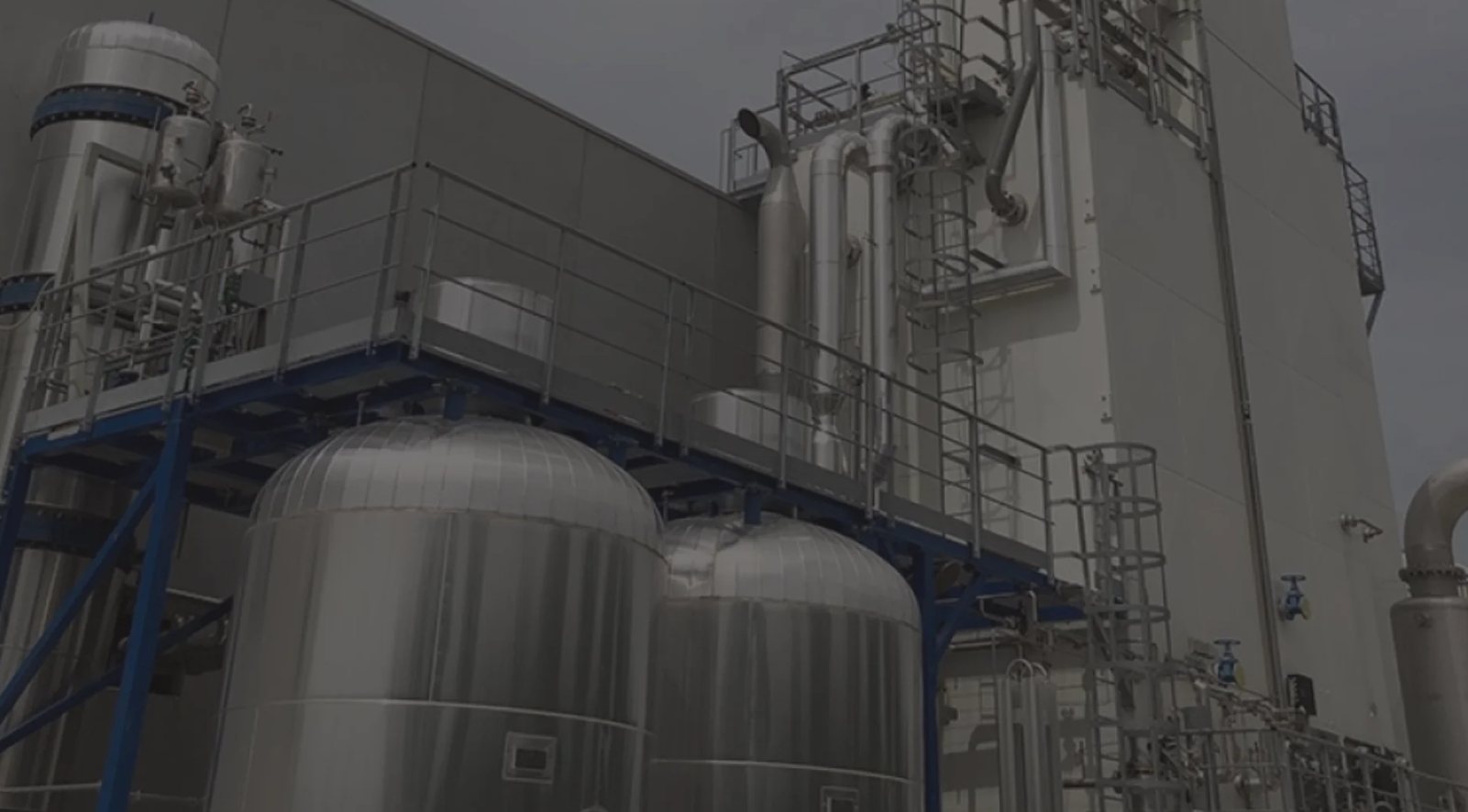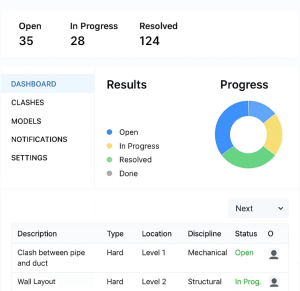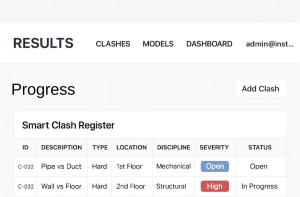Industrial Construction & Engineering 3D Model Review Tool
Project Summary InStandart was engaged by an engineering, procurement, and construction (EPC) contractor to develop a custom 3D model review tool that would streamline multi-d...

Project Summary
InStandart was engaged by an engineering, procurement, and construction (EPC) contractor to develop a custom 3D model review tool that would streamline multi-disciplinary coordination during the design and construction of a large gas processing facility. The tool included an intuitive clash register, real-time clash status tracking, and robust version control to support collaboration among civil, mechanical, piping, and electrical teams.
Business Challenges
The client encountered frequent coordination issues during the design phase, which delayed construction and increased rework costs:
- Manual Clash Tracking: Clash issues were documented manually in spreadsheets, making it difficult to track responsibility, resolution progress, or recurrence.
- Version Chaos: Multiple revisions of the 3D model circulated between teams without clear version history or access control, leading to design conflicts and work duplication.
- Ineffective Review Cycles: Stakeholders lacked a centralized environment to review clashes across disciplines and monitor status in real time.
- Time-Consuming Issue Resolution: Resolving a single clash could take several days due to unclear ownership, miscommunication, and lack of history.
Solution
InStandart delivered a centralized 3D model review platform built around user-centric collaboration and real-time visibility. Key features included:
- Smart Clash Register: Automatically imported clash data from BIM software (e.g., Navisworks, Revit) and categorized issues by type, location, discipline, and severity.
- Clash Status Tracking: Each clash was assigned a status (Open, In Progress, Resolved, Verified), owner, and resolution deadline.
- Version Control Module: Enabled controlled uploads and rollbacks of model revisions with change history and access permissions.
- Dashboard & Notifications: Visual dashboards showing clash trends, resolution rate, and overdue issues; email notifications for assigned users.
- Cloud-Based Access: Engineers and stakeholders could access clash data and review model issues from any location, improving collaboration between design offices and construction sites.
Results
| Metric | Before Integration | After Integration |
| Average clash resolution time | 3–5 days | <1 day |
| Clash resolution tracking errors | Common | Eliminated |
| Duplicate clashes in multiple versions | Frequent | Reduced by 90% |
| Stakeholder review cycle duration | ~10 business days | 3–4 business days |
| Manual reporting workload | ~8 hours/week | <1 hour/week |
| Overall clash management efficiency gain | — | +60% |
Additional benefits:
- Enabled real-time coordination across disciplines, reducing site rework.
- Improved accountability and transparency for clash ownership and deadlines.
- Simplified project audit readiness with complete resolution logs and version history.
- Increased team trust and collaboration through shared visibility and faster feedback loops.

